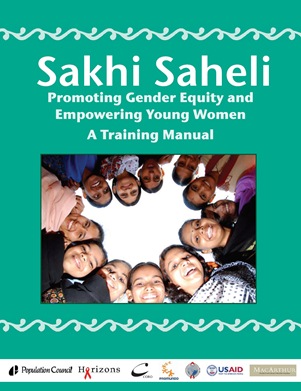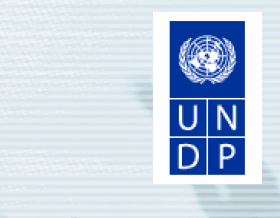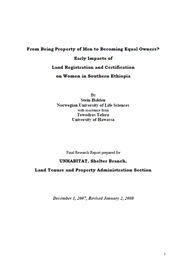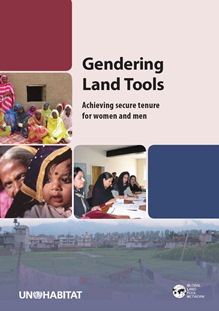Women's Empowerment in Pastoral Societies
When reading about women in pastoral societies it is common to find reference to their marginalised roles, their hardship, their oppression and their lack of power as opposed to men’s domination, men’s ownership, men’s power and associated patriarchal relations.









